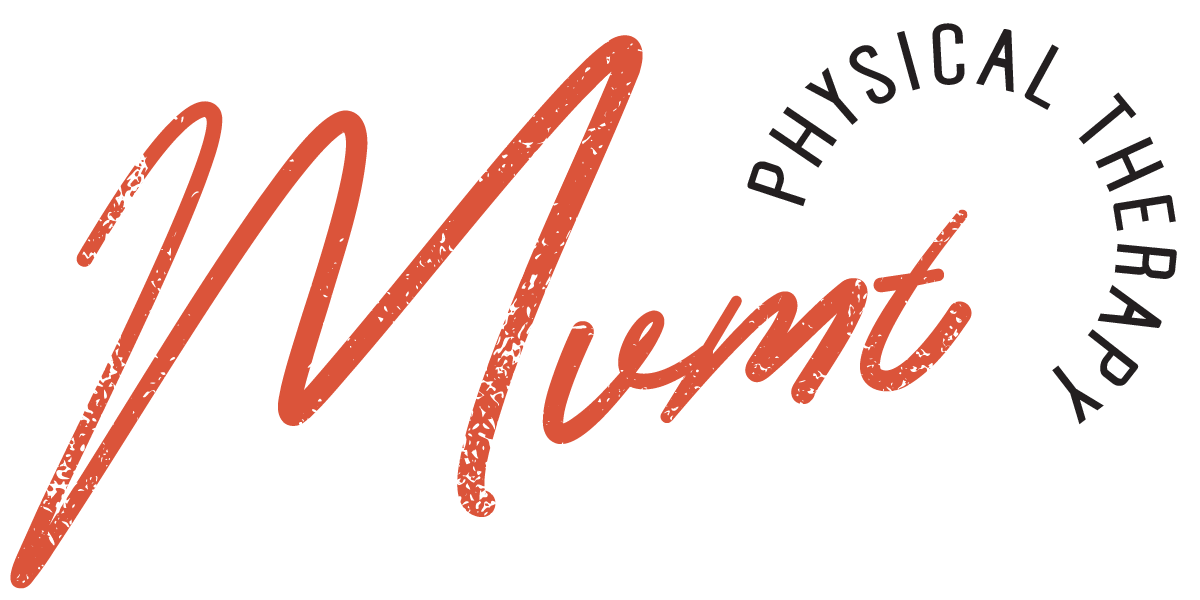Author - Anastasia Belikov, PT, Cert. MDT
Graduated with her DPT in 2017
https://www.linkedin.com/in/anastasia-belikov-pt24/
URL Copied!
Shoes and Foot Shape
TIPS AND TRICKS
Thursday, August 3, 2023
The human foot, a marvel of bioengineering, possesses an intricate array of 26 bones, 33 joints, and more than 100 muscles, tendons, and ligaments, all working in harmony to provide mobility, balance, and shock absorption. However, the use of shoes, while offering protection and support, can markedly alter foot and toe positioning when compared to the natural, barefoot state.
In a Shoe
When enclosed in a shoe, the foot and toe alignment change to adapt to the shape of the footwear. Shoes, especially those with a pointed front or high heels, can confine the toes and compress them into an unnatural position. The big toe is often pushed towards the other toes, which may lead to conditions like hallux valgus, otherwise known as bunions.
Additionally, shoes with elevated heels shift the body's weight forward onto the balls of the feet and toes, rather than it being evenly distributed. This weight redistribution may result in the toes clawing or curling to provide extra stability, potentially leading to hammertoes over time.
Out of a Shoe
When barefoot, the foot and toes revert to their natural alignment, with the toes spreading out for stability and the foot adjusting to the natural terrain. Walking or running barefoot encourages the toes to splay and the foot arch to work more actively, strengthening the foot's natural support system.
Unlike the constrained space in a shoe, being barefoot enables a wider range of motion and engagement of smaller foot muscles, which can contribute to improved balance and proprioception - the body's ability to sense its position in space. The big toe tends to align more directly with the first metatarsal bone, aiding in the propulsion phase of gait. However, it's important to note that sudden transitions between shod and unshod states can lead to injuries. A gradual adaptation is recommended, along with appropriate foot care and exercises.
Conclusion
While shoes are a necessary part of our daily lives, offering protection and style, their effect on our foot and toe positioning is significant. Understanding these impacts can help in making informed decisions about footwear and foot health. As more research illuminates the benefits of natural foot movement, the future may see the advent of footwear designs that strive to simulate the barefoot experience while offering necessary protection. Until then, a balanced approach to foot care, including strengthening exercises and selecting footwear that supports natural foot alignment, can help maintain foot health and functionality.



